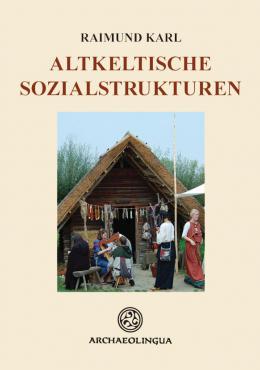Altkeltische Sozialstrukturen

Altkeltische Sozialstrukturen
| 5 392 Ft |
| Price |
Archaeolingua Series Maior 18
Budapest, Archaeolingua, 2006
Keménykötés | Hardback
609 oldal, színes és fekete-fehér illusztrációkkal | 609 pages with colored and grayscale images
ISBN 963 8046 69 4
Table of contents // Tartalomjegyzék
Description
Based on social complexity theory, a model of locally constituted Iron Age central and western European societies is developed int his study. Using archaeological, historical and linguistic sources the author demonstrates how the individual experiences with the social environment and the constraints and necessities set by the natural environment shape similar social structures. Particularly in societies speaking closely related (Celtic) languages, similar social and political patterns emerge. Following a short introduction to the theoretical foundations and a discussion of the current state of the art in Iron Age social history, the first part of this study discusses the immediate and wider social environment, the structure of the household and the family child education by fosterage, neighbourhood relations, contracts and the influence of countrymen and foreigners/guests, as well as the main Iron Age professions and how they influenced social experience. The second part of the study deals with social differentiation; the author discusses how the social value of any person would have been determined. The third part discusses methods to exert social pressure and means of social integration, while in the fourth part the author dwells upon how political structures are a function of social interdependencies as deduced from the model. Finally, these different aspects are drawn together to construct an idealised general description of Iron Age Celtic social systems. An extensive bibliography, a detailed glossary and a schematic diagram of the basics of ancient Celtic social structures conclude the study.
| |
|
|
1067 Budapest, Teréz krt. 13. |
|
|
|
|
About us
The Archaeolingua Foundation and Publisher is involved in publishing series and standalone publications in the disciplines of archaeology, linguistics, historic sciences and heritage protection for over 25 years.
Learn more
Publishing
We publish both as standalone editions and as a volume of a professional series.
Learn more
Contact us
Archaeolingua Foundation

